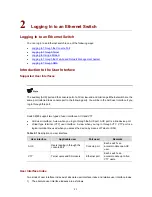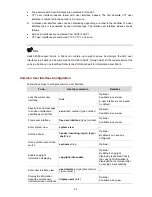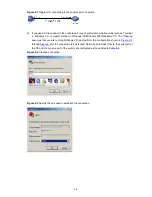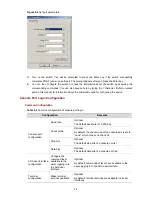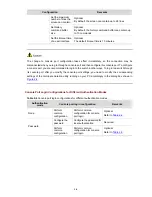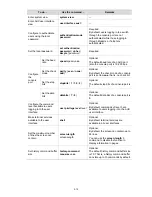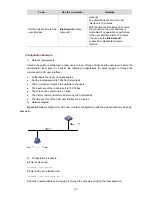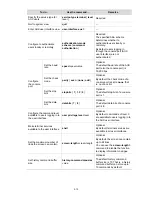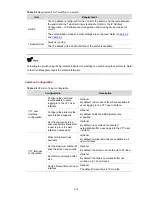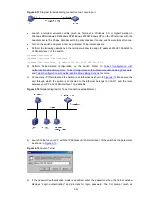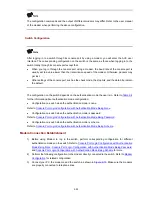
<Sysname> system-view
# Create a local user named guest and enter local user view.
[Sysname] local-user guest
# Set the authentication password to 123456 (in plain text).
[Sysname-luser-guest] password simple 123456
# Set the service type to Terminal, Specify commands of level 2 are available to users logging in to the
AUX user interface.
[Sysname-luser-guest] service-type terminal level 2
[Sysname-luser-guest] quit
# Enter AUX user interface view.
[Sysname] user-interface aux 0
# Configure to authenticate users logging in through the console port in the scheme mode.
[Sysname-ui-aux0] authentication-mode scheme
# Set the baud rate of the console port to 19,200 bps.
[Sysname-ui-aux0] speed 19200
# Set the maximum number of lines the screen can contain to 30.
[Sysname-ui-aux0] screen-length 30
# Set the maximum number of commands the history command buffer can store to 20.
[Sysname-ui-aux0] history-command max-size 20
# Set the timeout time of the AUX user interface to 6 minutes.
[Sysname-ui-aux0] idle-timeout 6
After the above configuration, you need to modify the configuration of the terminal emulation utility
running on the PC accordingly in the dialog box shown in
Figure 2-4
to log in to the switch successfully.
Logging In Through Telnet
Go to these sections for information you are interested in:
Introduction
z
Telnet Configuration with Authentication Mode Being None
z
Telnet Configuration with Authentication Mode Being Password
z
Introduction
Switch 4500 support Telnet. You can manage and maintain a switch remotely by Telnetting to the
switch.
To log in to a switch through Telnet, the corresponding configuration is required on both the switch and
the Telnet terminal.
You can also log in to a switch through SSH. SSH is a secure shell added to Telnet. Refer to the
SSH
Operation
for related information.
2-15

